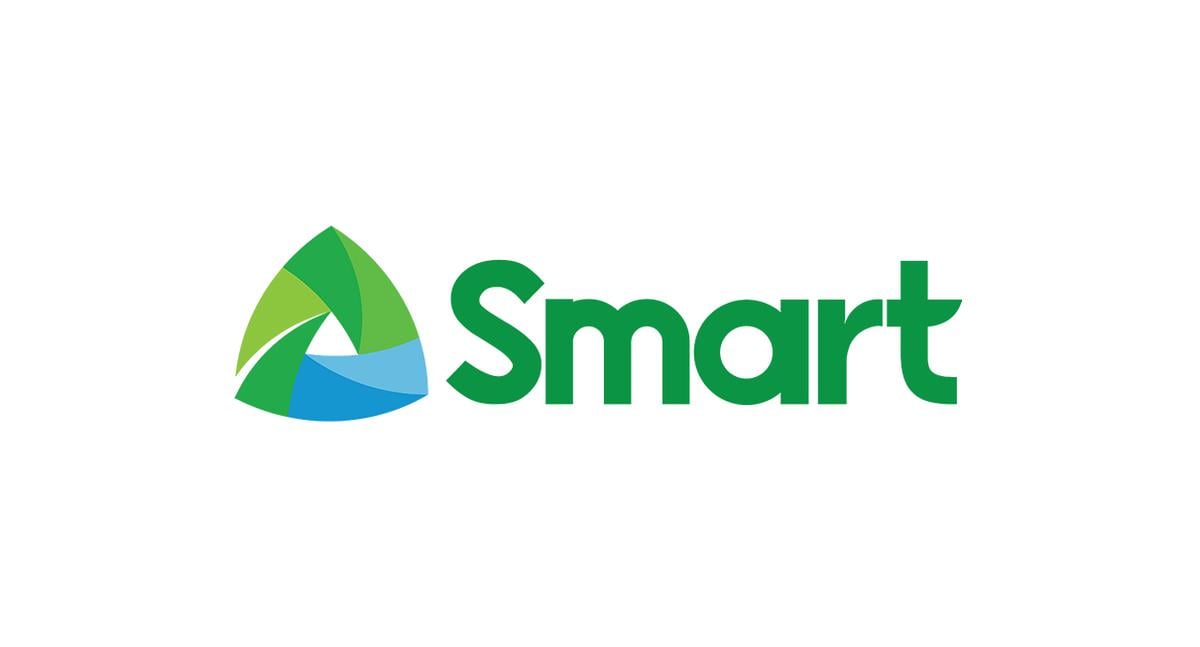The country’s first successful mobile call using Voice over Long-Term Evolution (LTE), or VoLTE, was recently achieved last April 2017 by PLDT’s wireless unit, Smart Communications (Smart), together with its partner, Ericsson. The partnership and Smart’s aggressive deployment of LTE across the Philippines has produced mobile calls that go beyond average 2G or 3G technology. The results are crystal clear voice calls with quicker connections.
Smart Communications has always been in the forefront of deploying exceptional mobile communication solutions, especially in its LTE deployment. Last year alone, they were the first operator to offer LTE-A speeds that go over 100 Mbps. Currently deploying a three year program that seeks to provide its already fast and reliable LTE speeds to more users, Smart intends to provide its LTE connections to 95% of the country’s cities and municipalities. LTE is, after all, the prime prerequisite to VoLTE’s technology.
“We are excited to be the first network in the country to successfully use VoLTE, because this technology holds so much promise in terms of improving the quality of mobile service available to our customers. Voice will always be an important mobile application, and VoLTE is the platform of the future which will provide the best customer experience when it comes to voice communications,” said Joachim Horn, chief technology and information advisor at PLDT and Smart.
Going beyond the current practice of going through 2G or 3G mobile networks when in calls, VoLTE, as the name implies, will be using LTE speeds. The technology will be able to offer a handful of features. With VoLTE, users will be able to stay on Smart’s 4G/LTE network even when making calls. Moreover, Crystal clear calls and quicker connection speeds that provide reduced time for a device to connect to another when calling are other other notable features. For those devices that don’t natively support it, an over-the-top (OTT) application will be needed.
“We are constantly looking ahead to anticipate the ever increasing demands of our customers, and to deliver our services in the best possible quality. Our initiatives in LTE-A, in VoLTE, and eventually in 5G, will allow us to do just that,” said Horn.
